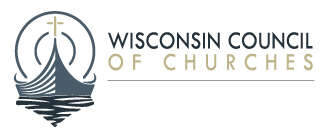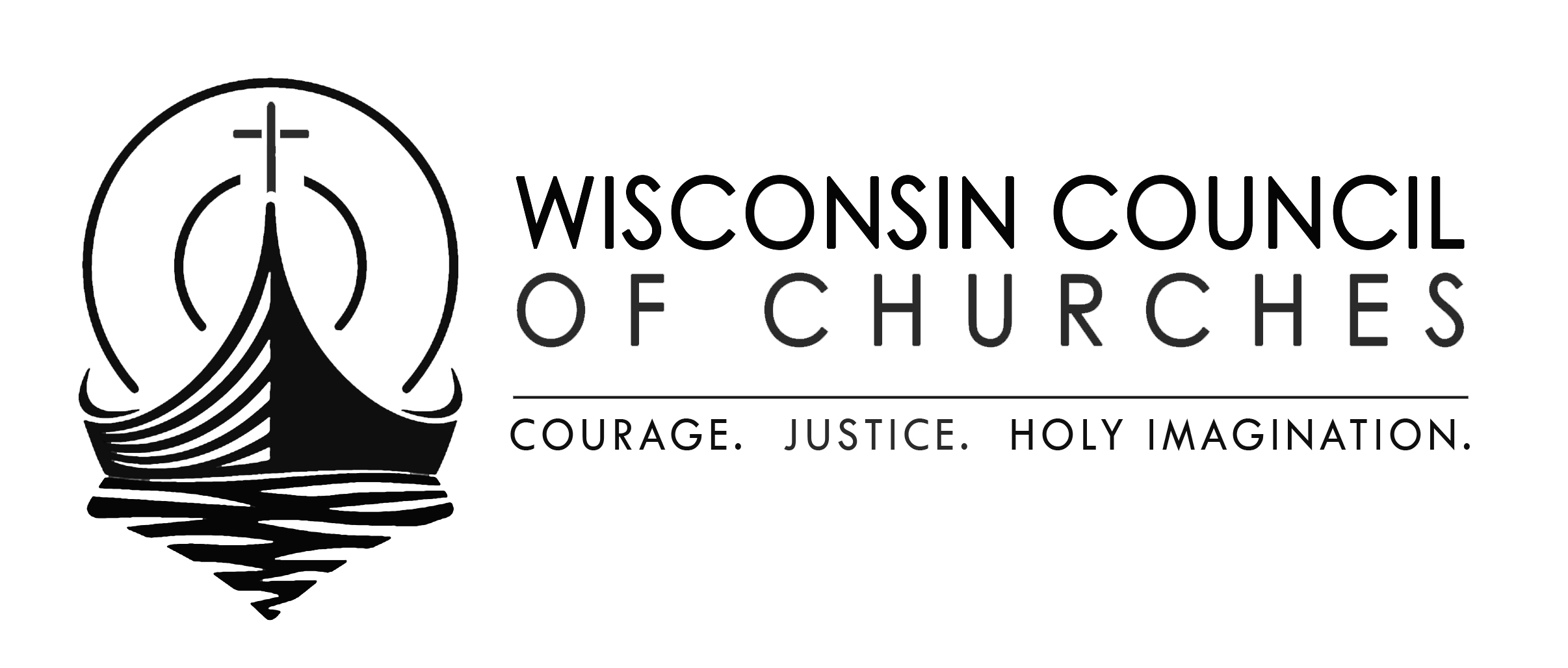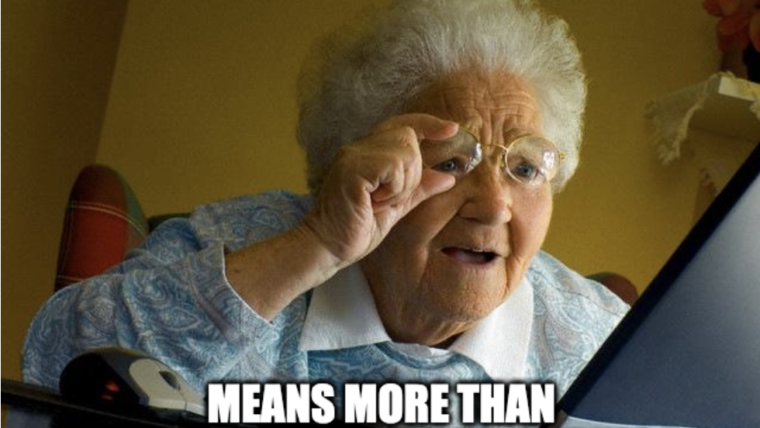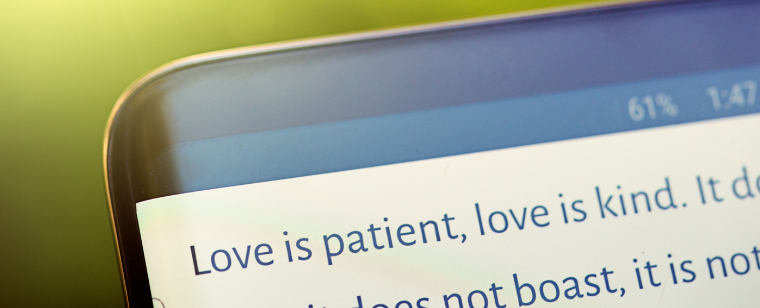Suicide by the numbers
And what you can do about it
After two years of decline, suicide rates in the United States showed alarming increases in 2022. They are now almost back to pre-pandemic highs.
When I say alarming increases, I mean alarming:
-
The rate of suicide among American Indian and Alaska Native people increased 26% from 2018. Among Black and Hispanic people, it went up by 19.2% and 6.8%, respectively.
-
There are sharp disparities by age and race, according to USA Today. “Black children and youth ages 10 to 24 saw the highest increase – 36.6.% – of all age and racial groups measured.”
-
Attempted suicide by poisoning among 10-12 year olds rose an astonishing 73%. Among 13 to 15 year olds, it increased by 49%.
-
In 2021, 12.3 million adults in the US seriously thought about suicide, according to the CDC. 3.5 million adults made a plan to kill themselves, and 1.7 million attempted suicide. Just over 48,000 people in the US died by suicide in 2021, the CDC says.1
While youth rates increased sharply, Americans over the age of 45 are still the most at risk. 80% of suicides in the US are among people between 45 and 54. Men over the age of 85 have the highest rate of any demographic.
Suicide is now the 11th leading cause of death in the United States. In 2020, it was the second leading cause among 10-14 year olds, and third for those between 15 and 24.
In Wisconsin, 15.1 people per 100,000 completed suicide in 2021, for a total of 905 deaths. That puts us somewhere in the middle of the pack: Wyoming and Montana had the highest rates. New Jersey and New York had the lowest.
All of this is on top of the national epidemic of overdose deaths, which are difficult to separate from suicide.
These numbers, most of them recently released by the CDC, caught our attention, of course. May is also Mental Health Awareness Month, a good opportunity to face the subject.
What can be done?
There is something you can do about the situation. Some things, actually. Among others:
-
Know this number: 988. That’s the national Suicide and Crisis Lifeline. It’s staffed 24 hours a day to connect people in crisis with resources and life-saving assistance.
-
Encourage members of your community to lock up their guns. This is a matter of simple math more than anything. Americans have by far the most firearms in civilian hands. Suicide is most often an impulsive act—but 9 in 10 suicide attempts with a firearms result in death. Meanwhile, 9 in 10 attempts without a firearm do not. Uniquely large number of weapons x uniquely deadly type of weapons = uniquely preventable number of deaths. That goes for children and adults.
-
Celebrate Mental Health Awareness Month. Raising awareness, reducing stigma and encouraging good mental health practices can reduce suicide attempts and get people the help they need. Just as important, it can get people to ask for the help they need, itself a huge hurdle. Watch the Community Health Program Facebook page all month for resources. Or check out the May 2nd CHP newsletter.
-
Know the resources. The Suicide Prevention Resource Center suggests three things that faith communities can do. 1. Promote emotional well-being and connectedness. 2. Identify people who may be at risk. 3. Respond to suicide deaths and support survivors. They have a guide for faith leaders, and the Faith. Hope. Life. campaign for the community at large.
-
Advocate for firearm safety measures and mental health resources in the Wisconsin state budget.
I’ve borrowed a final number to throw at you from the Talmud: one. “Whoever saves a single life is considered by scripture to have saved the whole world,” says Sanhedrin 37a. If you take just one action that saves just one life, all of this will have been worth it. And as you can see, there are many more than just one chance to put that principle into practice.
1To reduce stigma, mental health advocates try to avoid saying “committed suicide,” in favor of “completed suicide” or “died by suicide.”




